Everyone loves a personal touch.
Human beings are inclined to engage with content that they find personally interesting and relevant to their needs.
That explains why personalised content writing and marketing has remained a hot topic for a such a long tome. And today, it’s more than using first name and geographic locations.
Here are some statistics that prove the power of personalization:
- 70% of internet users are frustrated with brands that send irrelevant emails.
- 91% of the web users are more likely to purchase products when they get relevant offers or recommendations.
- 83% of consumers are willing to share their data to enable a more personalized experience.
- 95% of companies saw a 3x ROI boost from their personalization efforts.
In this article, we talk about content personalisation at length. We’ll discuss key benefits of content personalisation in marketing, as well as some of the best practices for effective marketing.
That way, you can decide which content personalisation strategy you need to adopt to improve engagement, conversion, and revenue.
Let’s get started.
What is Content Personalisation?
Content personalization helps deliver the right message, to the right person, at the right time.
Brands that focus on personalization create content that is unique, customised, and relevant for the target audience.
Content can be personalised in many ways: newsletters, case studies, blog posts, sections of a web page, resources, images, headlines, CTAs, body copy, and other touchpoints commonly used by content marketers.
This, in return, helps them increase conversion rates, improve campaign performance, and grow engagement.
Personalized content is also called ‘dynamic content’ as it updates in real-time and ensures customised user experiences.
Here’s some examples of content personalisation:
- A/B testing two CTAs for two different user persona.
- Including texts that point users to specific groups (for Small Business Owners, for HRs, for interns, and more).
- Personalising web pages based on your visitor’s geo-location
Also read:
1. 5 Content Metrics that Every Publisher Should Track and Analyze
2. How Long Form Content Can Help You Drive Traffic and Boost Conversions
Benefits of Content Personalisation:
- Builds an engaged audience:
When you keep track of user information, preferences, and behavior, your marketing team will not have to convince people with irrelevant jargon. You can offer relevant content, product, and services that interests the users, and keeps them engaged for a longer period.
- Improves lead nurturing:
When a publisher personalised content to an individual’s behavior and interest, they establish strong relationships and convert more leads into MQLs (marketing qualified leads) and SQLs (sales qualified leads).
3. More chances of conversion:
When a company reaches a prospective customer with the right message at the right time, the likelihood of conversion increases compared to when a customer receives an irrelevant message, especially at an inappropriate time.
If a company curates an experience for that specific person, the prospective customer may be more likely to convert to an actual customer and make a purchase.
4. Higher revenue
When marketers know a customer’s preferred channels of communication (Facebook, Instagram, Emails), they can target their efforts on those channels to drive a purchase.
For example, if a customer frequently visits your brand’s website and social media page, you may focus on getting their attention through those channels. You can customise their experience and provide product recommendations based on expressed interests.
And, when customers enjoy what a brand offers them (in terms of user experience and product), they are more likely to return to the site and purchase from you, resulting in a boost to the company’s ROI.
5. Strengthen emotional connections
Purchasing decisions are driven by user’s emotions and how they feel at a given moment in time. Hence, content personalization is used by many brands as a differentiation strategy to engage and retain customers.
If your content has the potential to strike an emotional chord with your target audience, then the impact can be increased by implementing a layer of data-driven personalization.
Over the past few years, marketers have segmented their audiences on the basis of characteristics such as age, gender, and location. This differentiation allowed them to customised their messaging on a slightly more personal level.
However, effective content personalization today has moved beyond this.
Content personalisation tools, rich customer data and newer technology has made it possible for marketers to analyze customer journeys to collect more details and paint a personalized picture of each customer. All of this helps in strengthening emotional connection with the end users.
Also read:
1. 10 Typical Content Marketing Mistakes You Need to Avoid
2. Google Cracks Down on Content Scrapers and Dubious News Aggregators
How do Brands Personalize Content?
The answer is simple: they ‘know their audience.’ If you want to level personalized marketing, you’ve to know your audience and embrace user data as the key to success.
The possibilities of creating personalized content based on user data is nearly limitless. Typically, there are three types of user data that you can use to implement content personalization for your website:
1. Behavioral data:
It refers to the information acquired from user activity on a website. Behavioral analysis reveals new insights such as time engaged, page views, sign-ups, and other important interactions.
Common sources of behavioral data include mobile apps, websites, marketing automation systems, CRM systems, call centers, billing systems, and help desks.
2. Contextual data:
Contextual data provides context to an user action, item, and person. It helps marketers understand user intent and get the much-needed insight into user patterns.
Sources of contextual data are social media activity, preferences, milestones, location, and past buying behavior.
3. Demographic data:
It divides the market into smaller categories on the basis of demographic factors such as gender, income, age, marital status, religion, education level, geography, sexual orientation, and more.
Demographic data can be obtained from population census, survey records, and third-party databases.
It is incredibly helpful to know what your audience wants, and how they behave on the web.
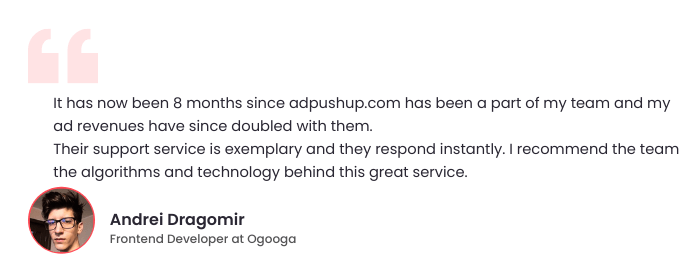
How to build a Content Personalisation Strategy?
If you’re sold on the advantages of content personalisation, it’s time to learn how to do it efficiently.
1. Address user’s needs
Before you start customizing content, think about your target audience’s pain points. Think of all the problems your product, service, or content can solve.
Your personalisation strategy should be less about how great your product is, and more about meeting specific needs of your audience. Hence, focus on creating something truly valuable for end users, irrespective of whether they’ll buy from you or not.
2. Address the individuals:
Personalisation is about addressing an individual. When you’re addressing a potential customer, make sure they feel like they’re the only one in the audience.
Always have a human-centered approach. Talk to them like they’re individuals, not a number. This will open the door to genuine relationships that’ll eventually be profitable for your business.
3. Customer journey-based personalization
Customer journey maps are necessary to evolve broad-based content into content that’s relevant to each step in customer journey. Use content modeling to map out and structure content that aligns with each stage of the user journey.
The map should address different audiences, at different stages of the journey, In other words, you need to align your content to each stage of user journey. This will help deliver content related to a customer’s phase in their journey, ensuring they progress to the next step.
Content Personalisation tools:
1. Customer Data Platforms:
Customer Data Platform is a software that aggregates customer data across a variety of touchpoints and structures the real-time data into individual customer profiles.
CDPs build these ‘customer profiles’ by collecting data from a variety of first, second, and third party sources (social media activity, web forms, website behavioral data, CRM, emails, and transactional systems).
2. Google Tag Manager:
Google Tag Manager (GTM) has a data layer variable that is used to trigger personalization. Through this data layer, marketers can feed almost any information, and display customised continents to different target groups.
In other words, publishers can use Google Tag Manager to provide a customised experience for the audience, improve on-site user experience, and increase the conversion rate as well.
3. Data Management Platform:
A data management platform collects, organizes, and activates all types of audience data (first, second, and third party) from different sources (online, mobile, offline, and beyond).
These tools have become the backbone of data-driven and personalised content marketing as they allow businesses to gain unique insights into their customers.
In Closing:
The key takeaway here is that people are fed up with irrelevant content. When relevant content is served continuously, your website will become engaging, and hence more conversions. In short, investing in content personalisation can pay off with serious rewards for brands.
Frequently Asked Questions:
Personalization helps content creators or publisher gain insight into user preferences and intent, which helps them in delivering tailored experiences.
Personalization software helps website owners or publishers in customising their content on the basis of individual behavior and characteristics. This helps in creating a more unique customer experience.
Content personalisation works by analysing user data that is available to publishers. The data usually contains information on user location, ads they’ve clicked, keywords they’ve searched, buying history, and similar other metrics that helps marketer understand their intent and preferences.
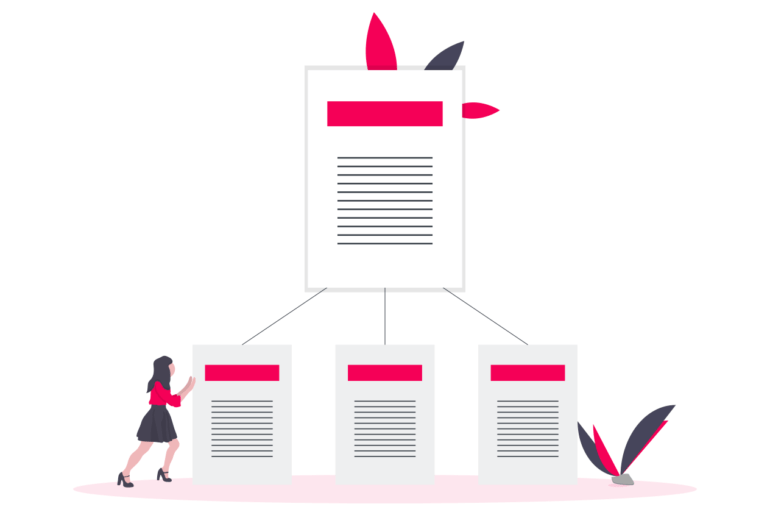

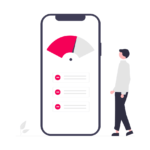
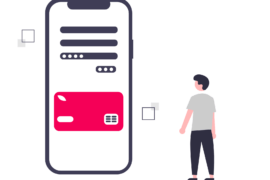
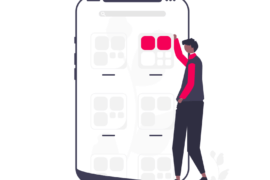



1 Comment
I personally agree with all the points that you stated here. I prefer visiting and spending more hours on sites that display and suggest relevant content/products based on my interest and I think that this is true for a lot of other people as well which makes website personalization such an effective marketing strategy for online businesses. I actually read a guide about website personalization where they shared some tools, ideas, examples, and best practices that are being used by big online publishers, digital media brands, and e-commerce sites to drive more traffic to their website and increase their conversions that might be helpful to those who are looking to form their own website personalization strategy.